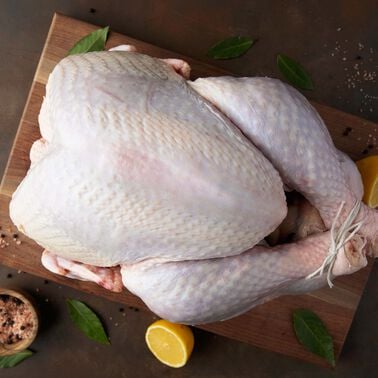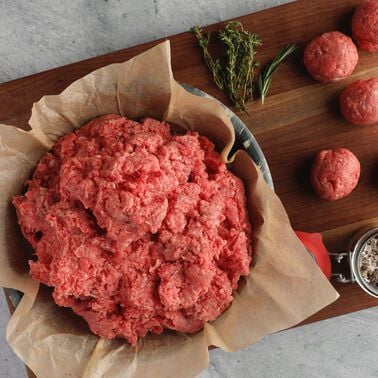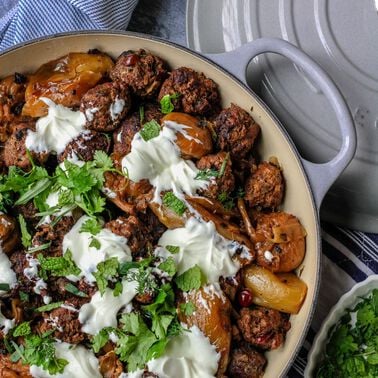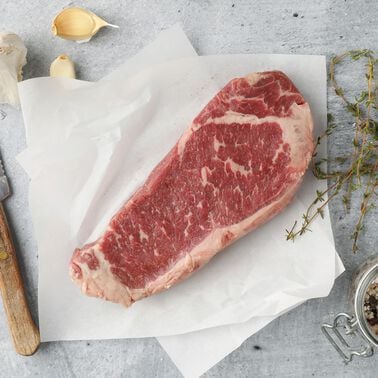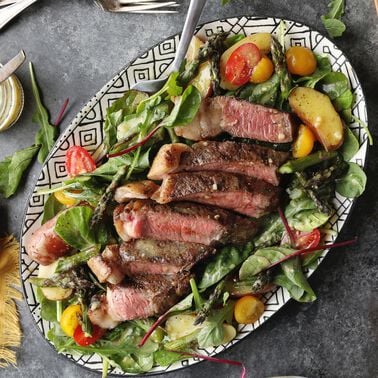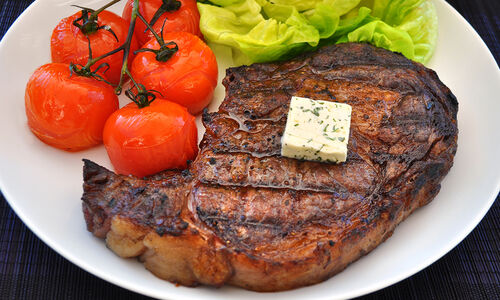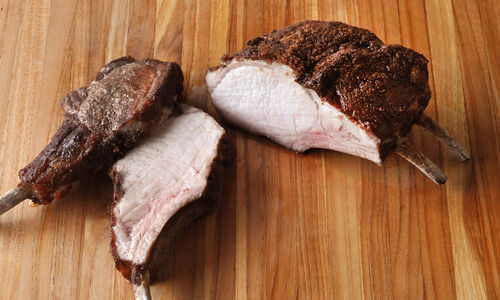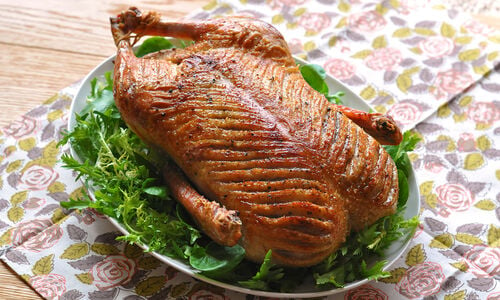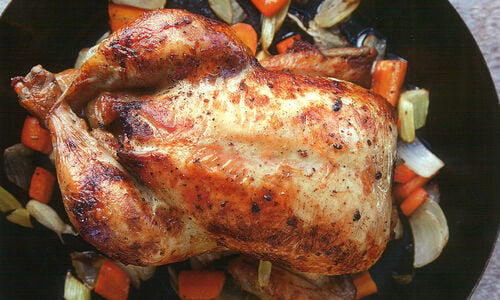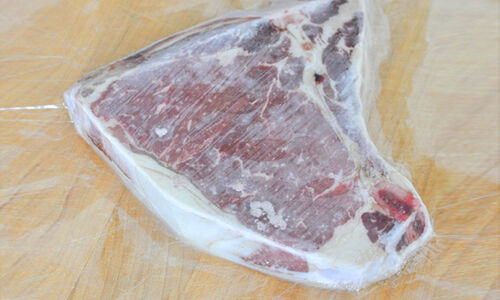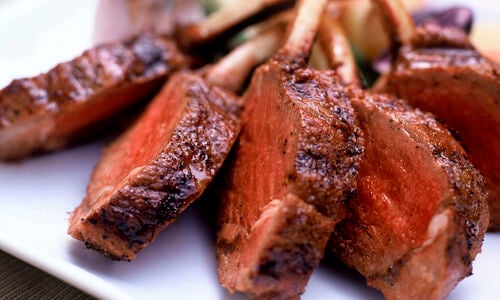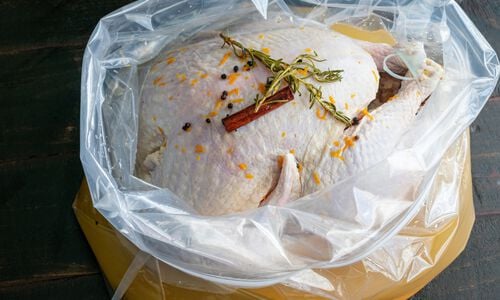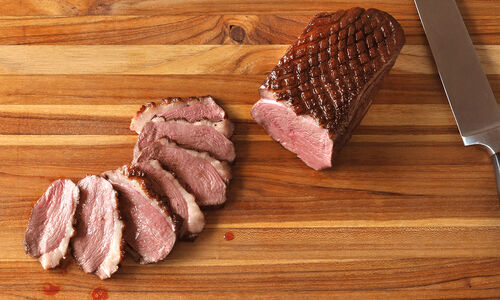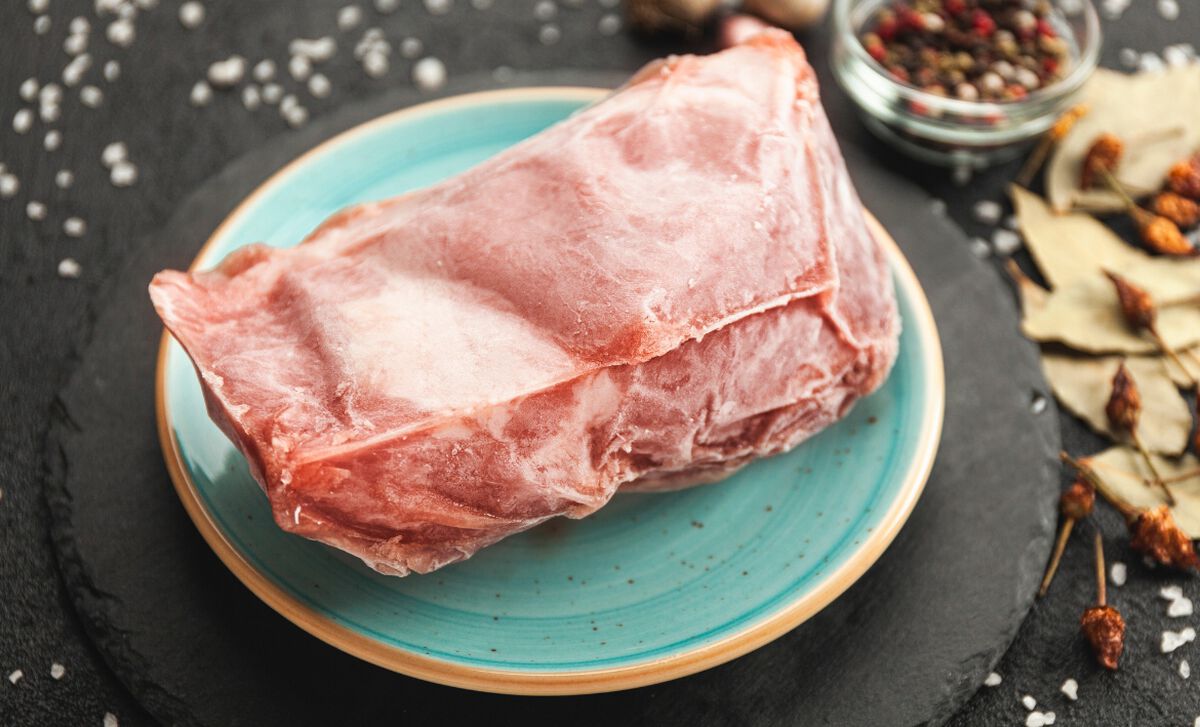
Thawing Trinity
There are really only three safe ways to thaw frozen meat: in the refrigerator, in cold water and in the microwave. We recommend refrigerator thawing when time allows and for larger cuts or whole birds. Cold water thawing works well in a pinch or if you’re thawing a few portions of smaller cuts. Thawing in the microwave, while safe, often creates ‘hot-spots’ which may thaw then cook the edges of the meat while leaving the center frozen. You must also cook microwave-thawed meats immediately because as meats become warmer than 40 degrees F, bacteria that may have been present before freezing can begin to multiply.
Fridge Method
When thawing frozen meats, especially larger cuts, it's best to thaw in the refrigerator where the temperature will remain at a constant 40 degrees F or below. You must plan ahead for this type of slow thawing. Figure small items may defrost overnight but most meats require a day or possibly two. Large primal cuts or whole birds like turkeys or capons will take longer: approximately one day for every 5 pounds of weight.
Keep in mind some areas of your refrigerator may keep food colder than others and meats will take longer to thaw in a refrigerator set at 35 degrees F than one set at the standard 40 degrees F, so plan accordingly. Ensure that liquid from the thawing meat does not drip onto and contaminate other foods. Thaw meat on a tray if there is a chance that packaging may leak.
After thawing in the refrigerator, items such as ground meat, stew meat, and poultry, should remain safe and good quality for an additional day or two before cooking; red meat cuts like beef, pork or lamb roasts, chops, and steaks, keep for 3 to 5 days. When storing, remove the packaging and place on a lipped tray, covered with plastic film. Don’t allow the meat to sit in a pool of juices in the tray. The juices will spoil faster than the meat itself.
Cold Water Method
While faster than refrigerator thawing, this method requires more care and attention. First, your meat must be in a leak-proof package. Otherwise, the meat tissue will absorb water, resulting in a mushy, watery product.
Set up a bowl or other container large in your sink. It should be large enough to fit your package while completely submerged. Submerge the package in cold tap water, changing the water every 30 minutes or so until your meat is just thawed. Small packages of meat or poultry (about 1 pound) may thaw in an hour or less. A 3-to 4-pound package may take 2 to 3 hours. If thawed completely, the food must be cooked immediately.
Quick Tips
- Perishable foods should never be thawed on the counter, in hot water or outdoors, and must not be left at room temperature for more than two hours.
- Meats frozen in smaller or single portions will thaw faster than several cuts that are packed tightly together.
- When thawing large birds or roasts in the refrigerator, lay them on top of a generous pad of paper toweling to catch condensation. The extra padding will also help to keep whole birds from rolling around.
